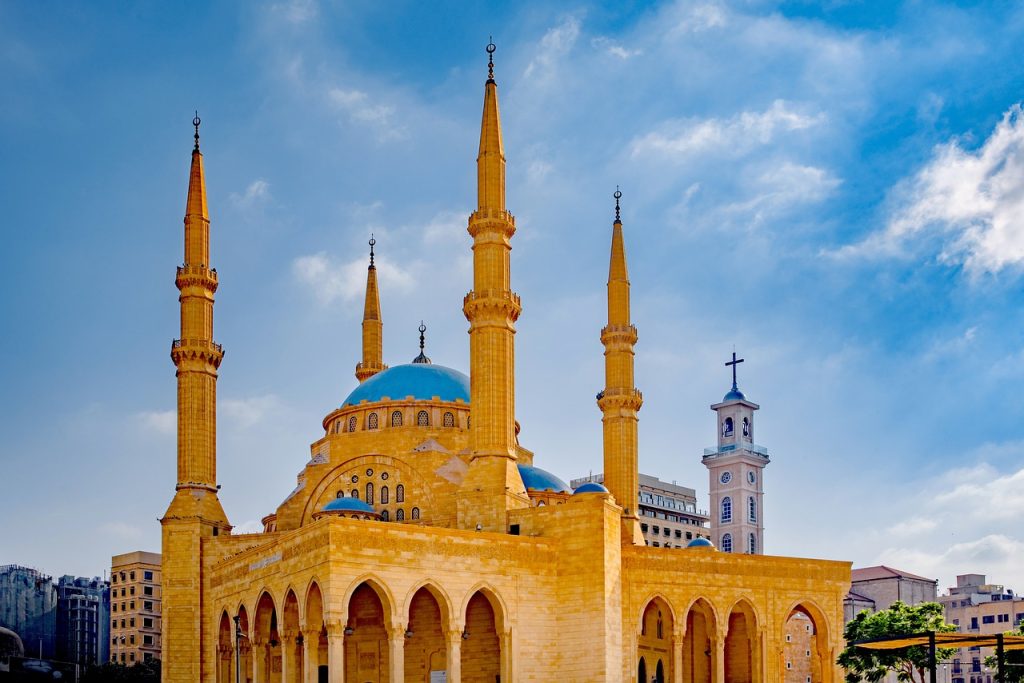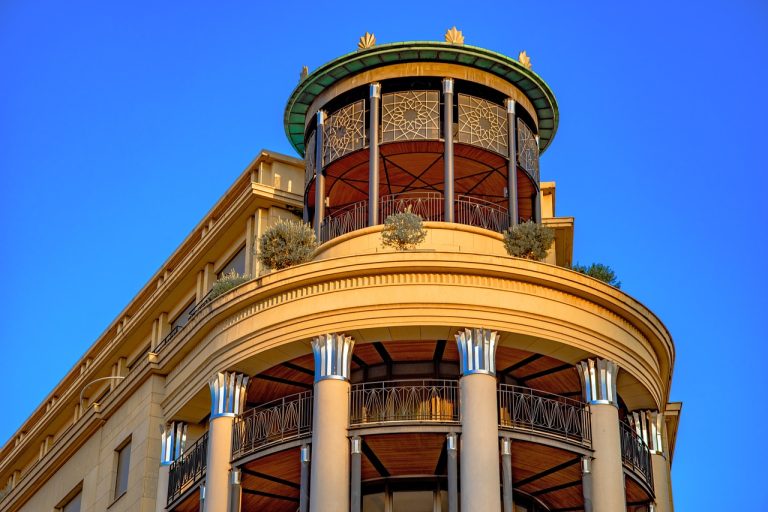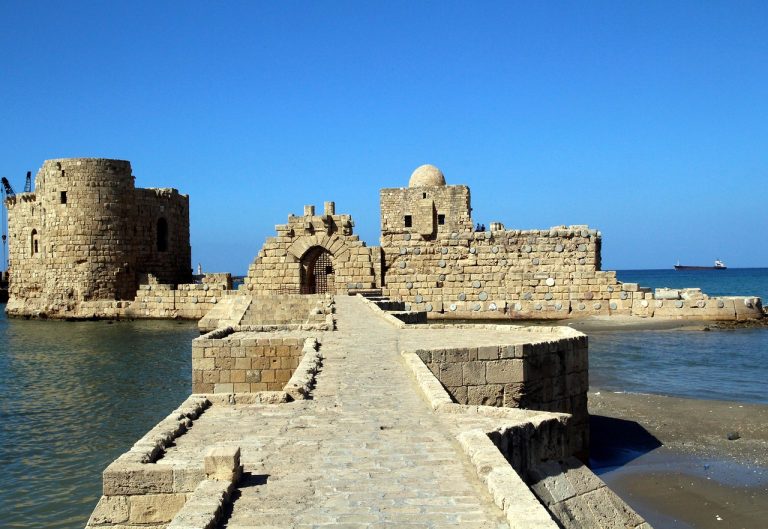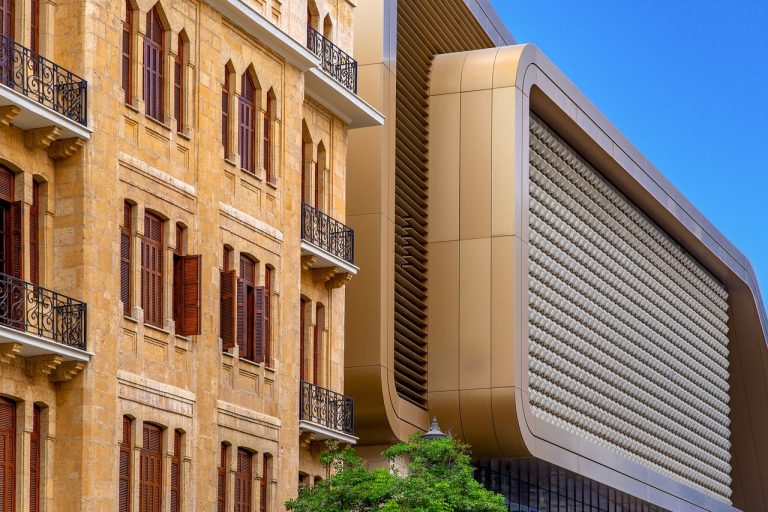Listen (English voice)
Beirut Lebanon Video
Local Myths and Legends of Beirut Lebanon
Beirut, the capital city of Lebanon, is rich in history and culture. Its vibrant streets and stunning architecture have been witness to countless tales and legends that have been passed down through generations. In this article, we will explore some of the fascinating myths and legends that have become an integral part of Beirut’s folklore.
Myth 1: The Legend of Saint George
- Saint George and the Dragon: The story of Saint George slaying a fearsome dragon is a popular legend in Beirut. According to the myth, a dragon terrorized the city, and Saint George, a brave knight, came to its rescue. The knight fought valiantly and eventually defeated the dragon, saving the people of Beirut from its wrath.
- The Martyrdom of Saint George: Another legend surrounding Saint George is his martyrdom. It is believed that Saint George was executed for refusing to renounce his Christian faith. His sacrifice and unwavering devotion made him a revered figure in Beirut and throughout Lebanon.

Myth 2: The Legend of the Pigeon Rocks
- The Lovers’ Leap: The Pigeon Rocks, a natural landmark located off the coast of Beirut, is associated with a tragic love story. According to the legend, a young couple, forbidden to be together, leaped from the rocks into the sea, choosing to be united in death rather than live apart.
- The Stone Statues: Some locals believe that the Pigeon Rocks were once humans who were turned into stone as a punishment for their sins. It is said that on certain nights, the statues come to life and wander around the rocks, seeking redemption.
Myth 3: The Legend of Astarte
- The Goddess of Love: Astarte, the Phoenician goddess of love and fertility, has deep roots in Beirut’s mythology. It is believed that Astarte blessed the city with her presence, bringing prosperity and abundance to its people. Her legacy is still evident in various cultural practices and traditions.
- The Temple of Astarte: There are tales of an ancient temple dedicated to Astarte that once stood in Beirut. It is said that the temple was a place of worship and a center for rituals and celebrations. While the temple no longer exists, its memory lives on in the hearts of the people.
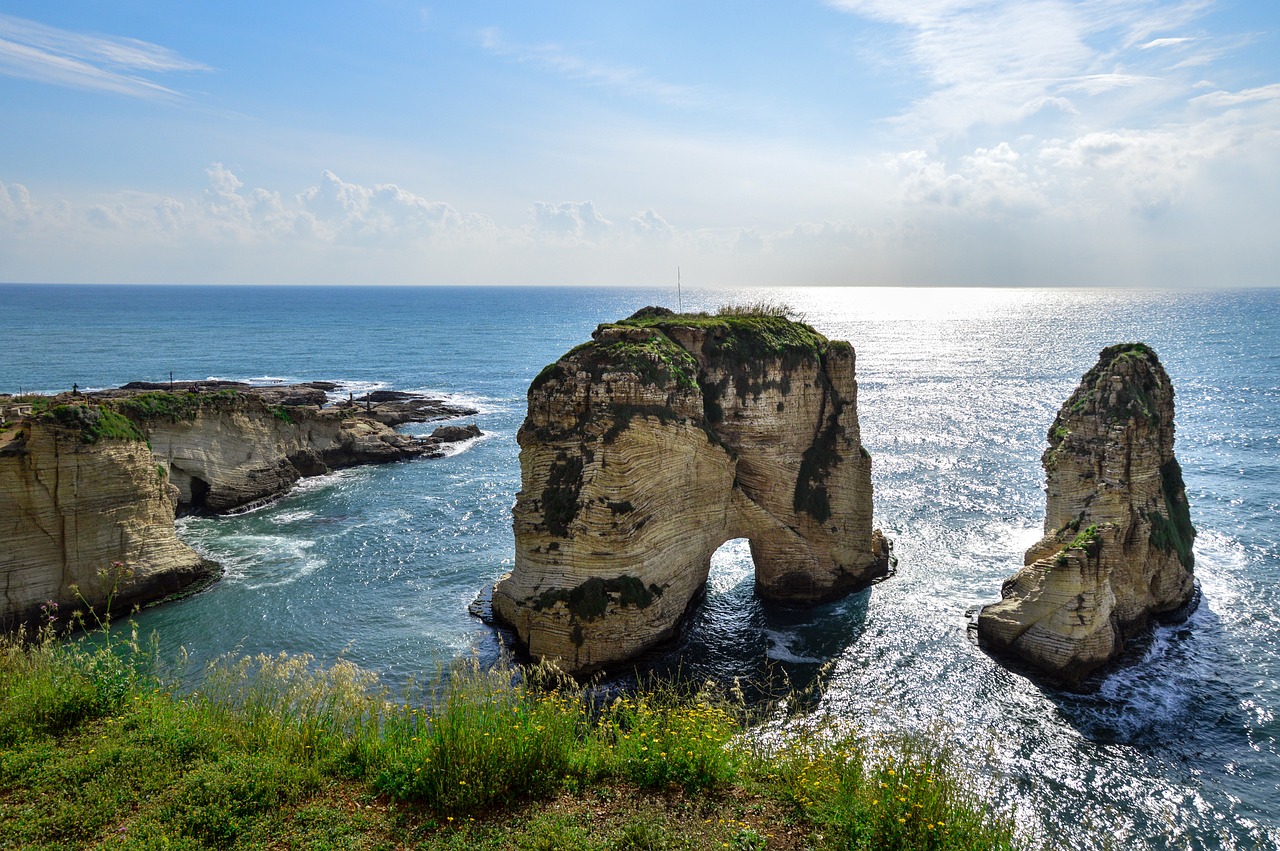
Myth 4: The Legend of the Jeita Grotto
- The Enchanted Caves: The Jeita Grotto, a magnificent system of interconnected caves, is steeped in myth and mystery. According to local legends, the caves were once inhabited by magical creatures and guarded by powerful spirits. It is said that those who disrespect the sanctity of the grotto will incur the wrath of these guardians.
- The Hidden Treasure: There are tales of a hidden treasure buried deep within the Jeita Grotto. Many adventurers have embarked on quests to find this fabled wealth, but none have succeeded. The treasure remains elusive, adding to the allure and intrigue of the grotto.
Myth 5: The Legend of the Hamra Street
- The Ghostly Encounter: Hamra Street, a bustling commercial hub in Beirut, is rumored to be haunted by a restless spirit. Locals claim to have seen a ghostly figure wandering the street at night, dressed in old-fashioned attire. Some believe it to be the ghost of a lost soul seeking redemption.
- The Cursed Building: There is a building on Hamra Street that is said to be cursed. According to the legend, anyone who enters the building will be plagued by misfortune and bad luck. The eerie atmosphere surrounding the building has made it a subject of fascination and caution among the locals.
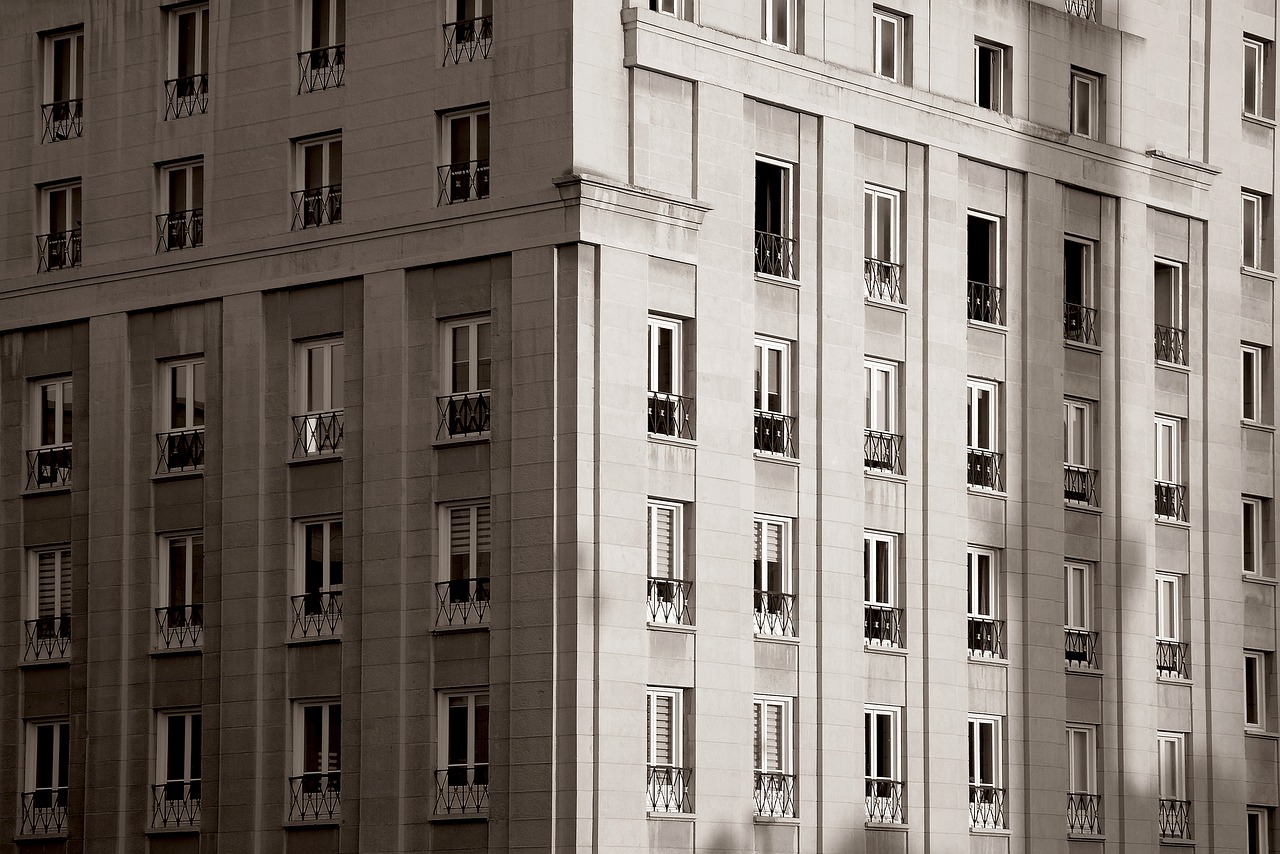
Myth 6: The Legend of the Corniche
- The Mermaid’s Song: The Corniche, a picturesque waterfront promenade, is said to be frequented by a mermaid who enchants passersby with her mesmerizing voice. According to the myth, those who hear her song are filled with a sense of tranquility and peace.
- The Mysterious Shipwreck: There are stories of a sunken ship lying beneath the waters of the Corniche. It is believed that the ship was carrying a valuable cargo, and its location remains a mystery. Some adventurers have embarked on quests to find the shipwreck and uncover its secrets.
Myth 7: The Legend of the National Museum of Beirut
- The Cursed Artefact: The National Museum of Beirut is home to a cursed artefact, according to local folklore. It is said that anyone who touches this ancient relic will be plagued by misfortune and tragedy. The artefact is heavily guarded and serves as a cautionary tale for those who dare to challenge its mysterious powers.
- The Ghostly Tour Guide: Visitors to the museum have reported encounters with a ghostly figure who acts as a tour guide, leading them through the exhibits. Some believe that this spirit is a former curator who is still dedicated to preserving the history and heritage of Beirut.
Myth 8: The Legend of the Martyrs’ Square
- The Spirit of Resistance: Martyrs’ Square, a significant historical site in Beirut, is said to be imbued with the spirit of resistance. It is believed that the square holds the collective energy and determination of those who fought for Lebanon’s independence and freedom.
- The Statue’s Tears: There is a statue in Martyrs’ Square that is said to shed tears during times of turmoil and unrest. Locals interpret this phenomenon as a sign of the city’s resilience and its ability to overcome adversity.
Myth 9: The Legend of the Roman Baths
- The Healing Waters: The Roman Baths of Beirut are believed to possess healing properties. According to local legends, the waters of these ancient baths have the power to cure ailments and bring good health. Visitors often seek solace and rejuvenation in the therapeutic embrace of the baths.
- The Spirit of the Emperor: It is said that the spirit of a Roman emperor haunts the Roman Baths, protecting the site from harm. The emperor’s presence is felt by those who visit the baths, as if they are being watched over by an ancient guardian.
Myth 10: The Legend of the Beirut Souks
- The Hidden Treasure: The Beirut Souks, a vibrant marketplace, is rumored to hide a secret treasure. According to the myth, a hidden vault filled with riches lies beneath the bustling streets. Many have attempted to uncover this treasure, but its exact location remains a mystery.
- The Mysterious Whispers: Visitors to the Beirut Souks have reported hearing mysterious whispers that seem to emanate from the walls. Some believe that these whispers are the voices of ancient merchants who once traded in the marketplace, their presence still lingering in the air.
Conclusion
These local myths and legends add a touch of magic and mystery to the already captivating city of Beirut. They reflect the deep connection between the people and their history, enriching the cultural fabric of the Lebanese capital. Whether you believe in these tales or not, they serve as a testament to the enduring power of storytelling and the allure of the unknown.
References
- cityloco.net
- nationalmuseum.gov.lb
- jeitagrotto.com

